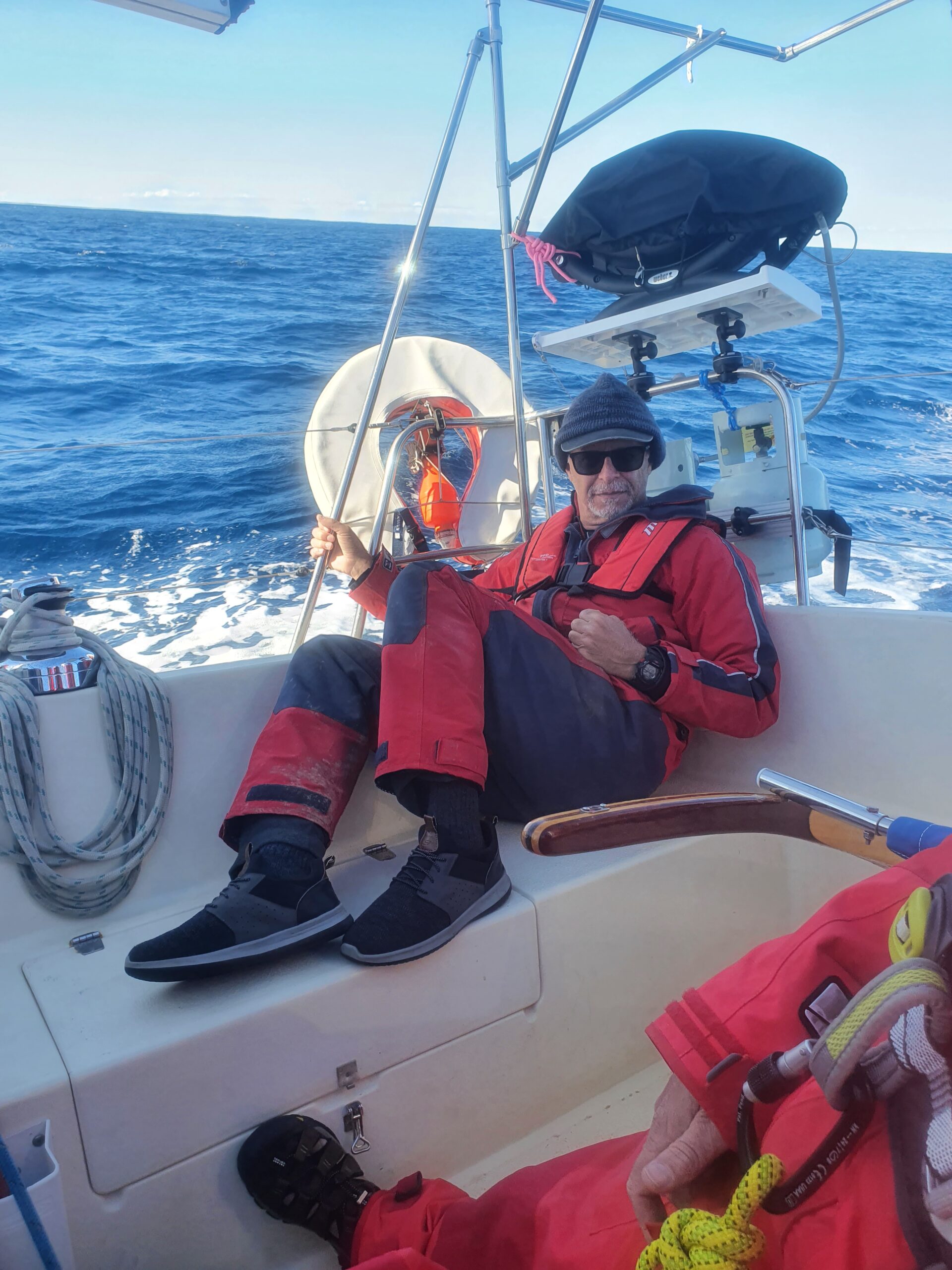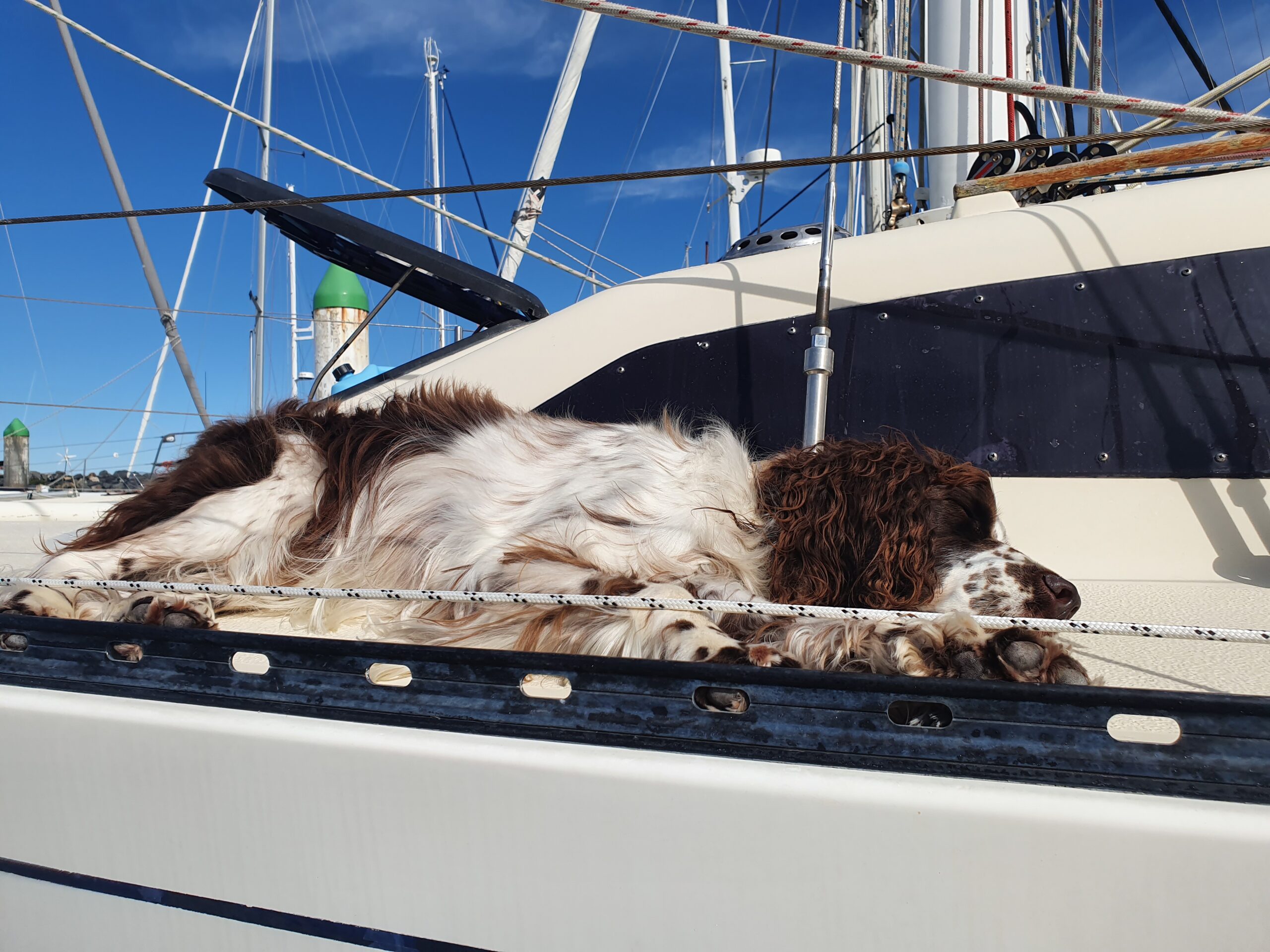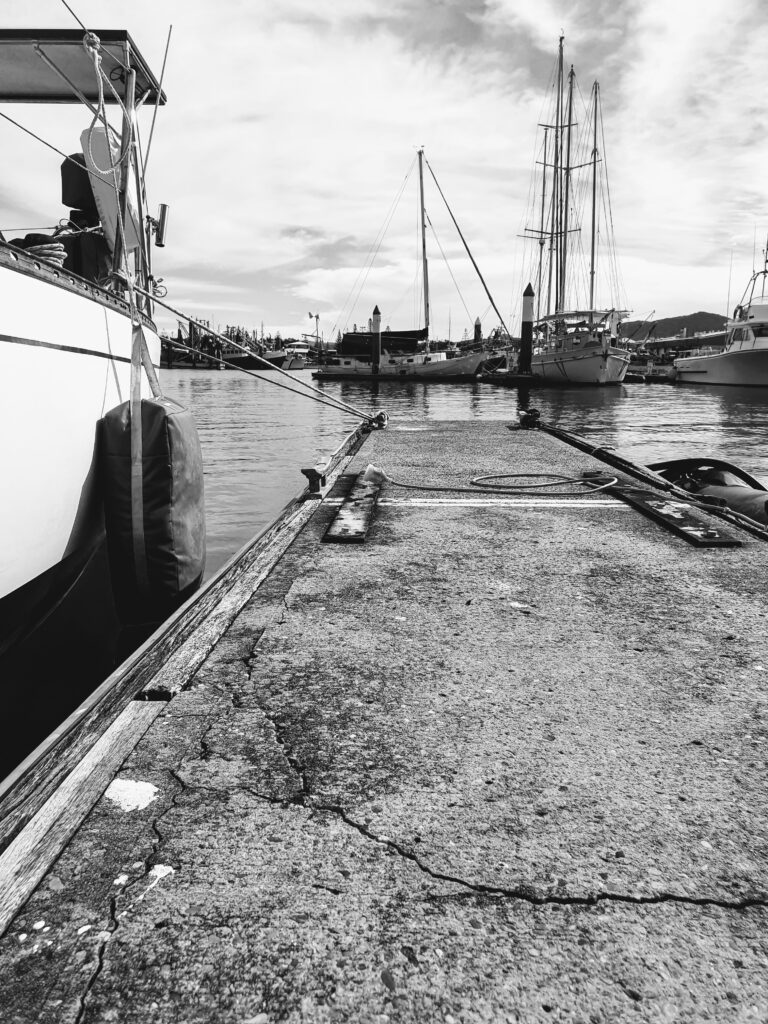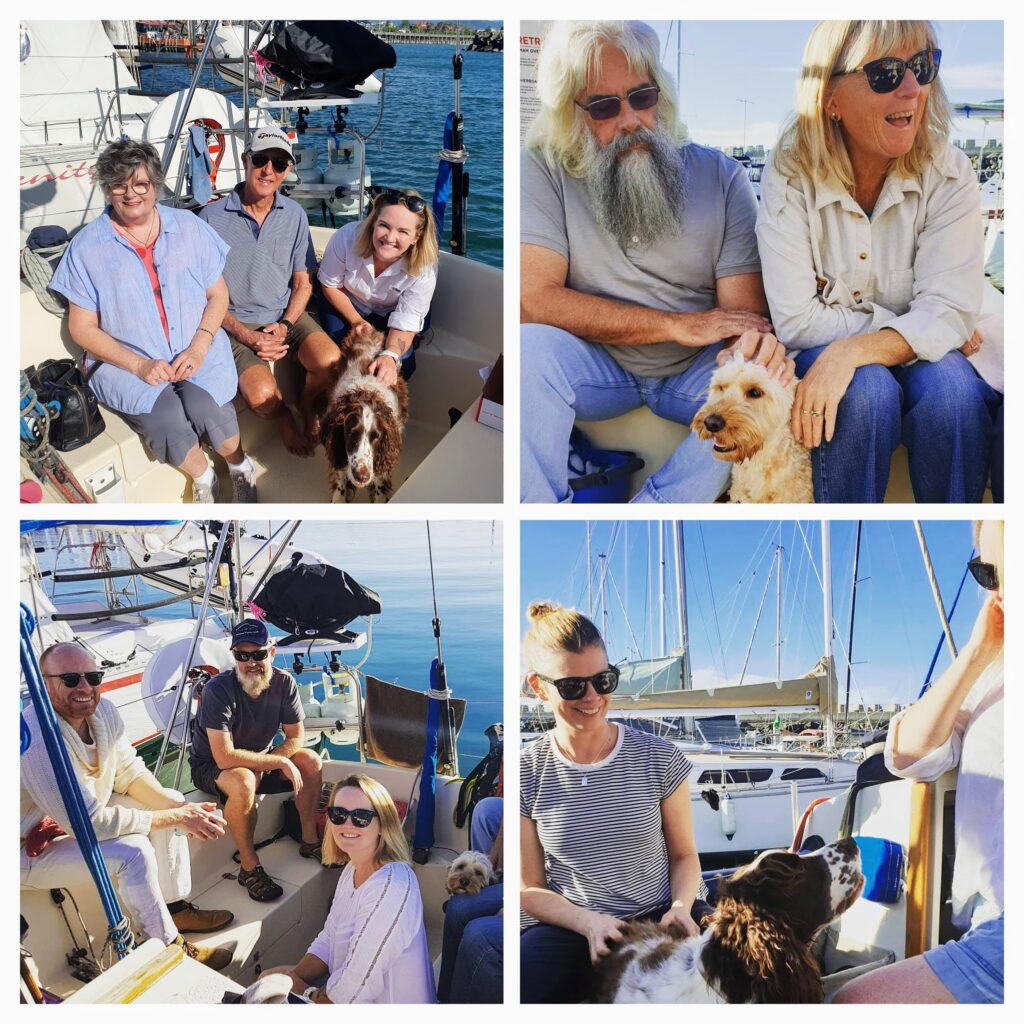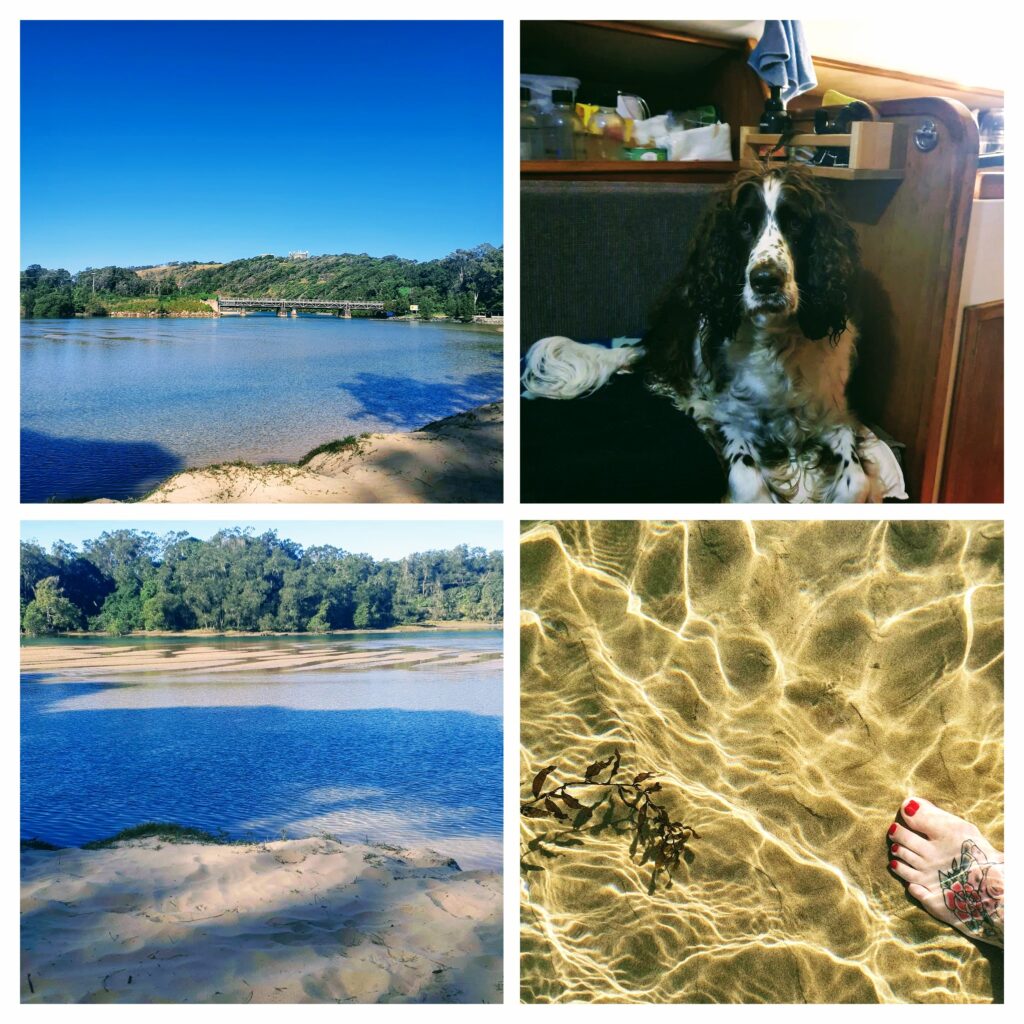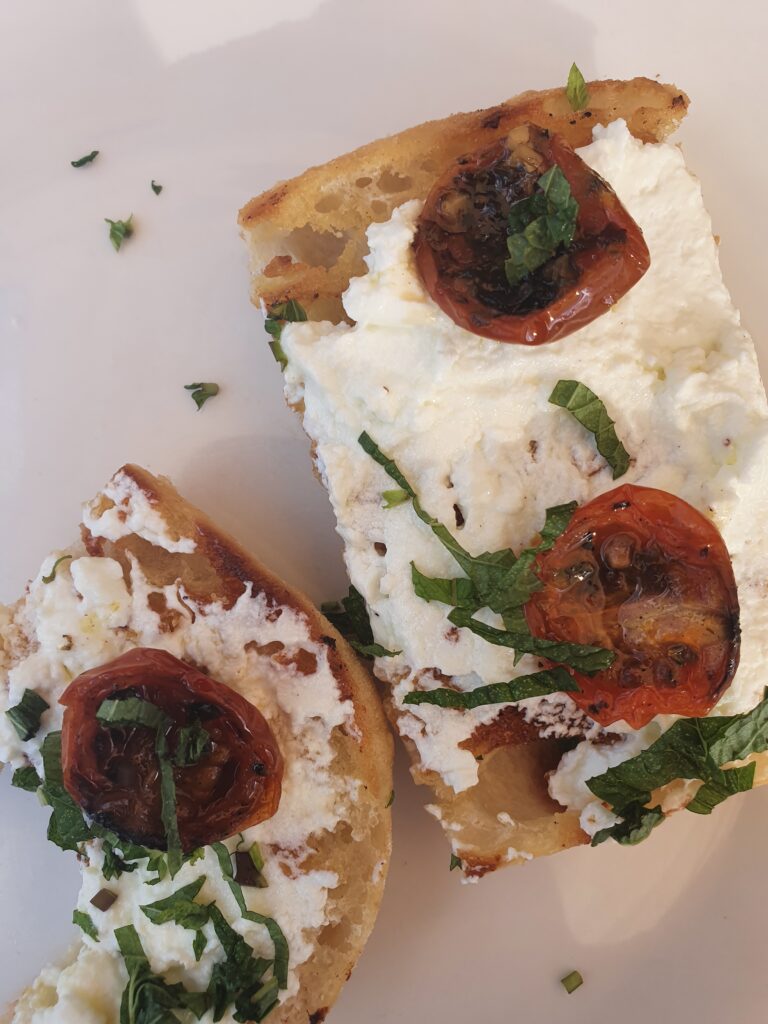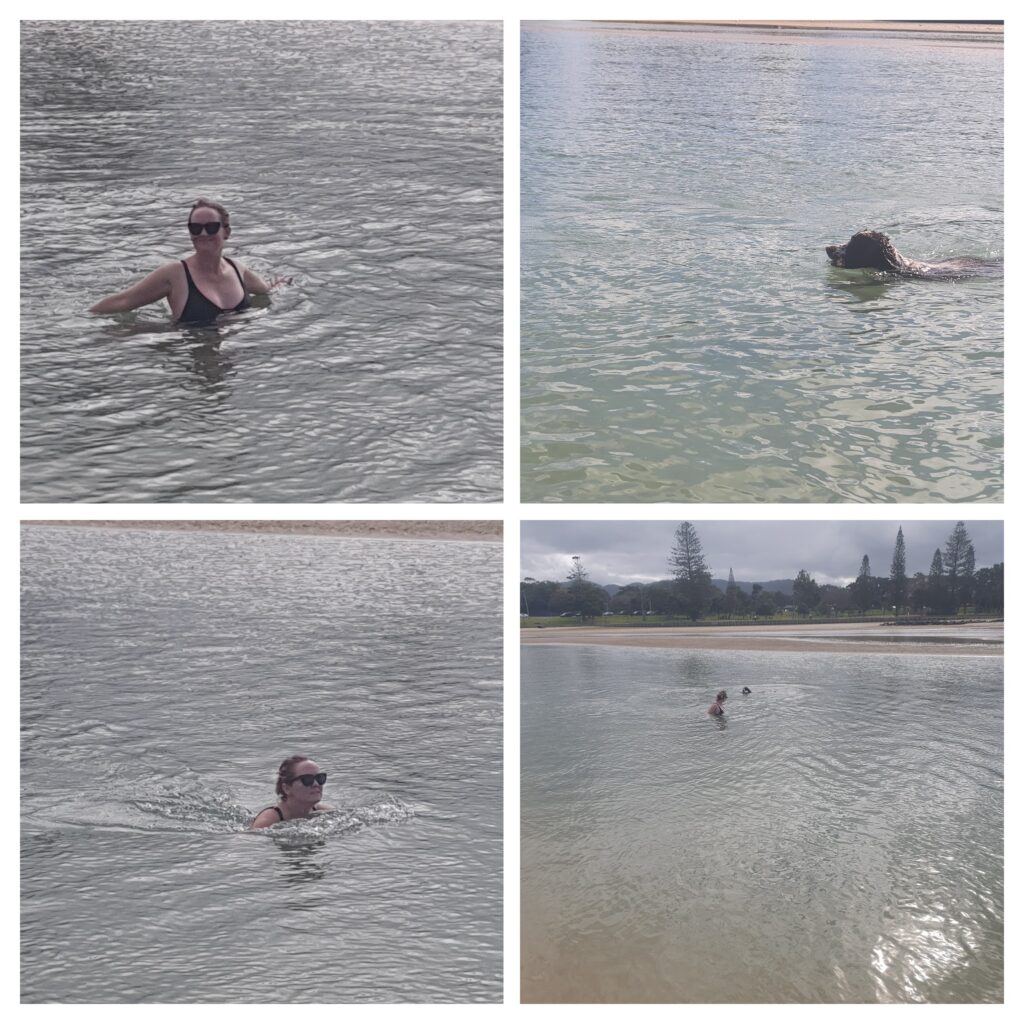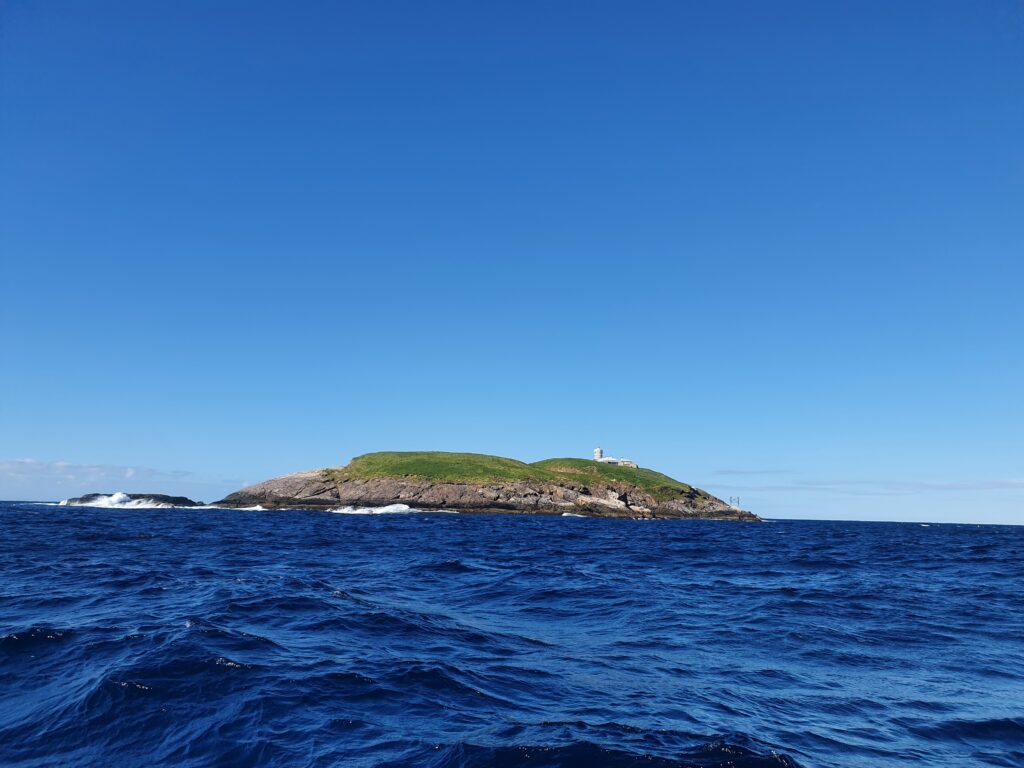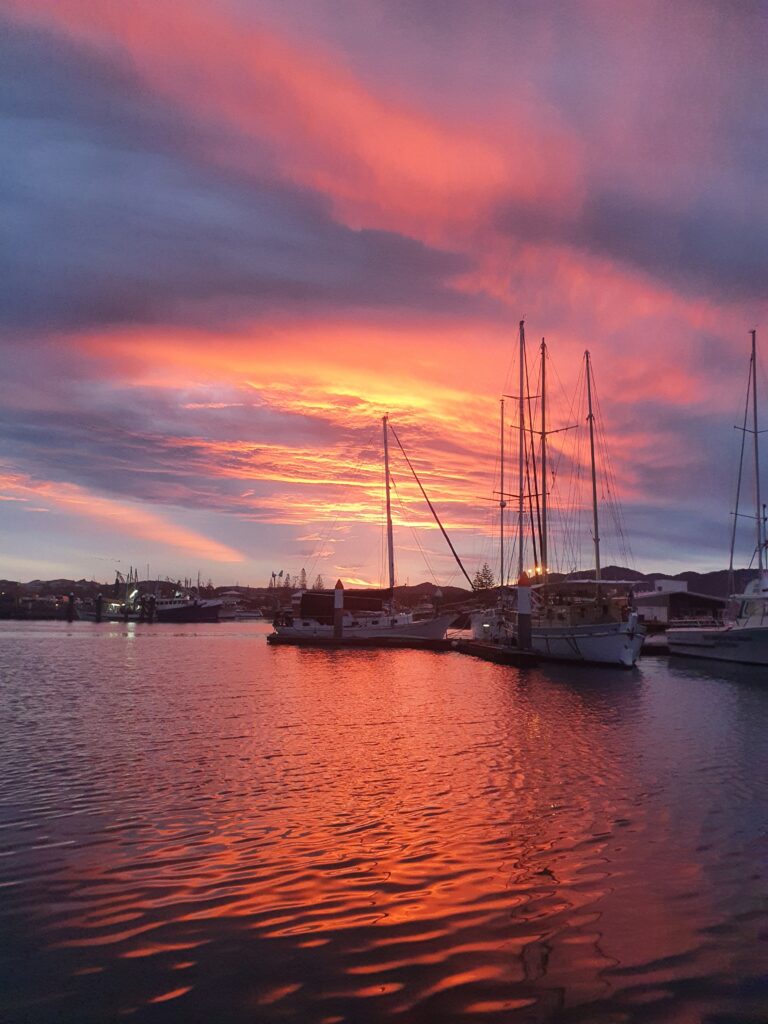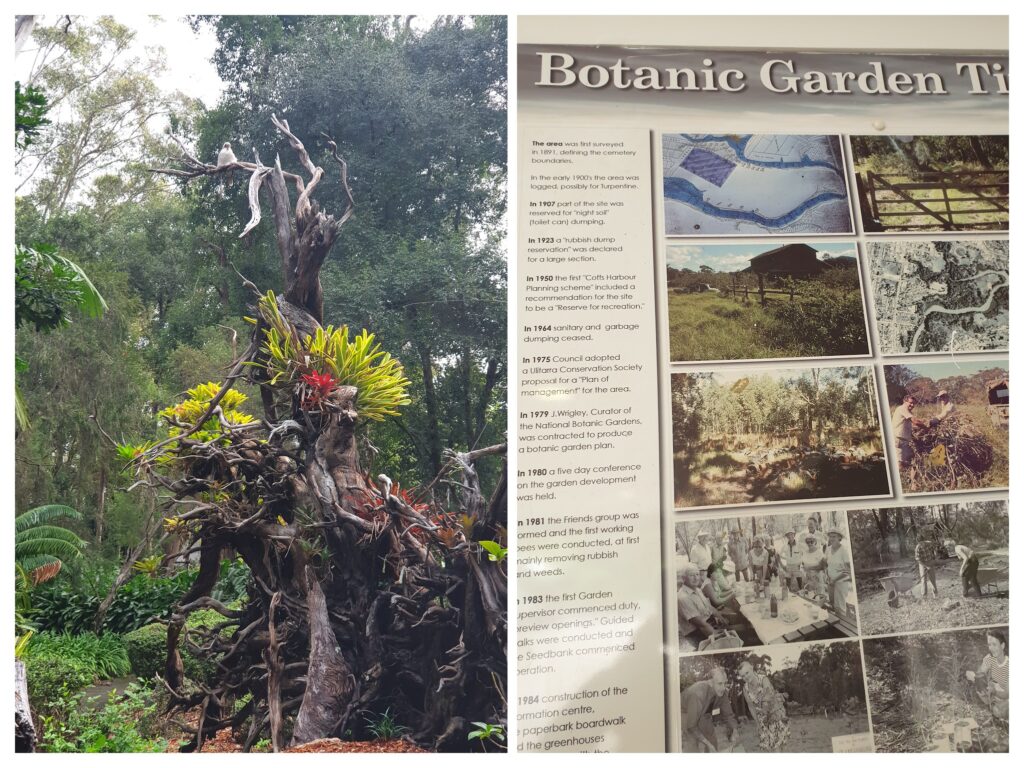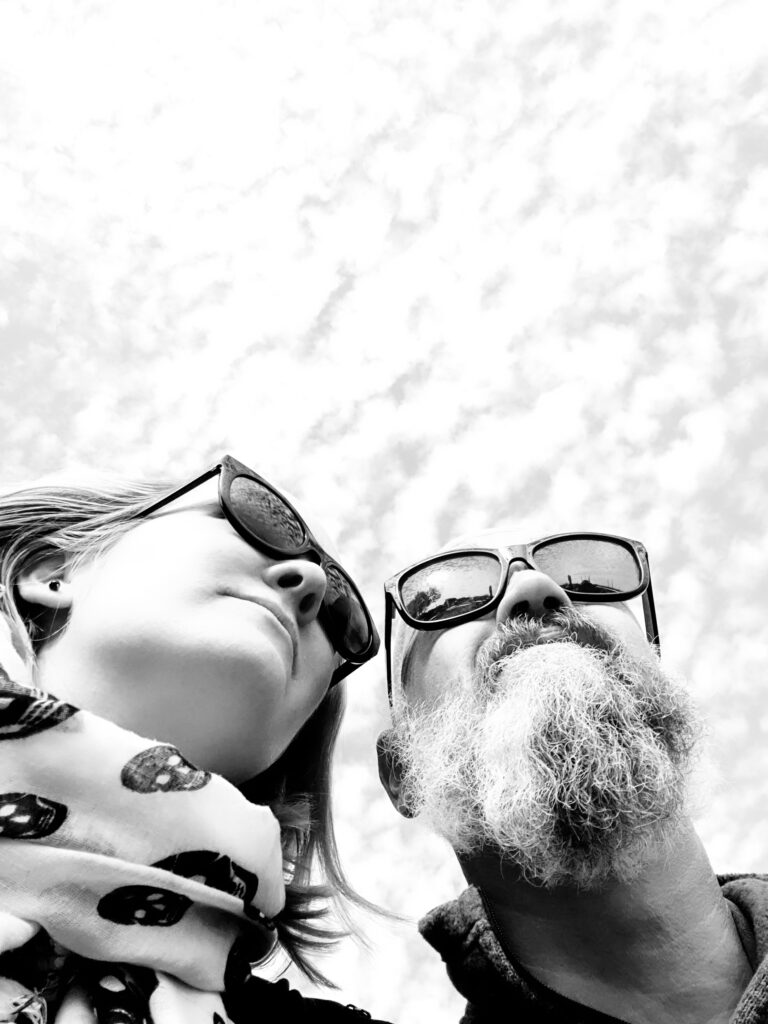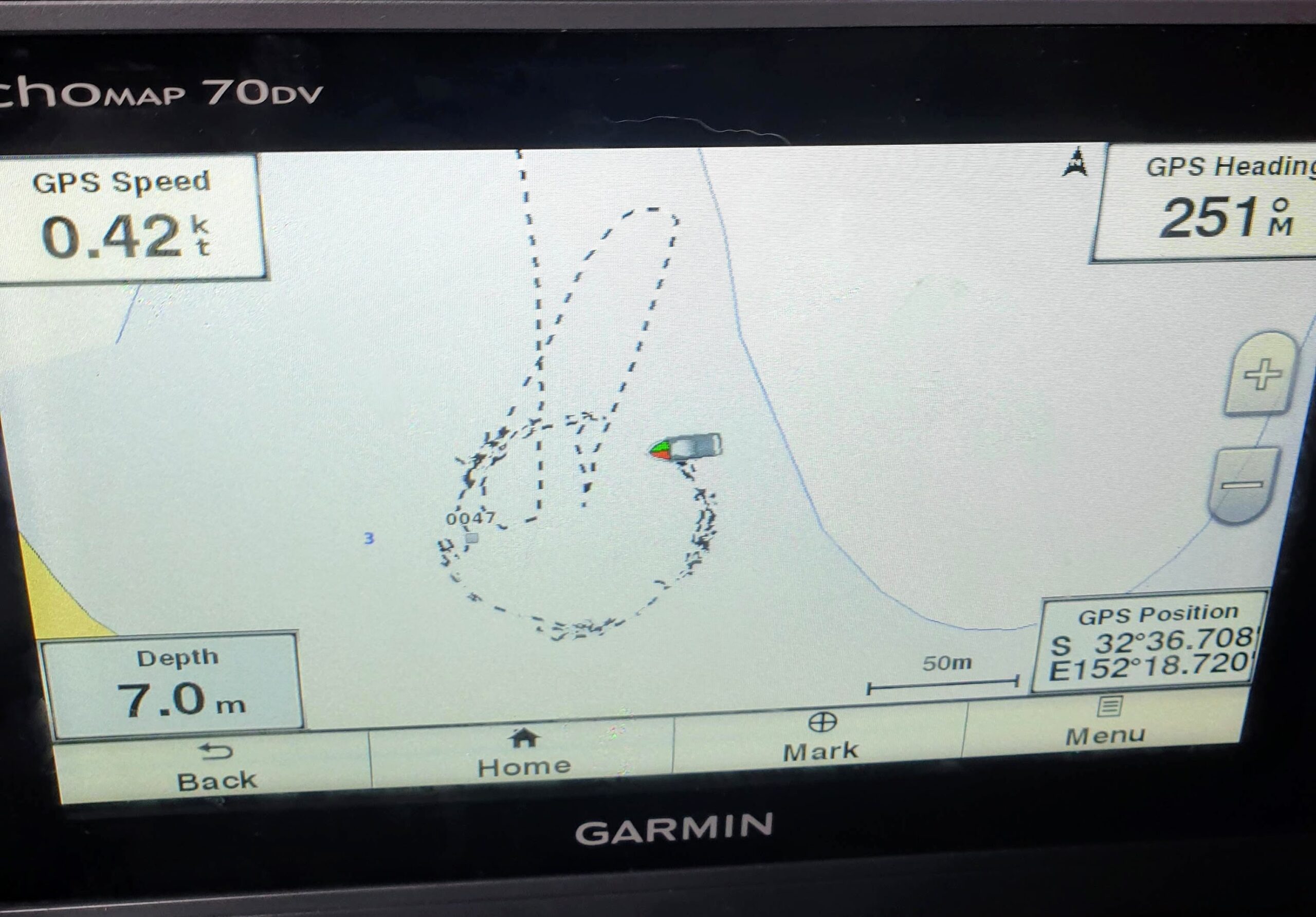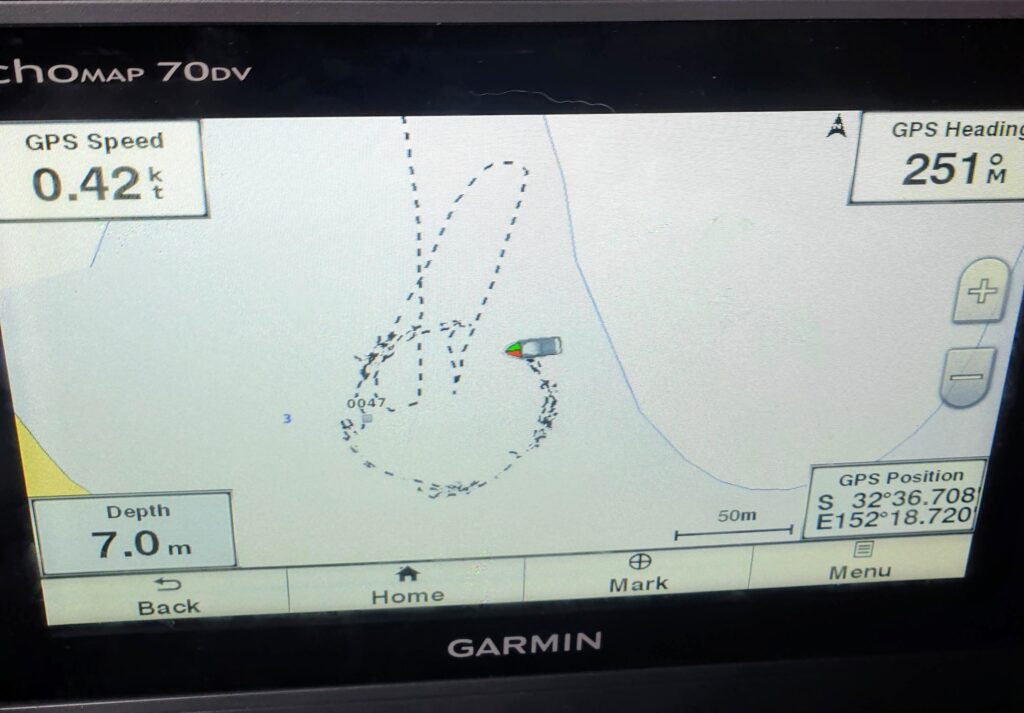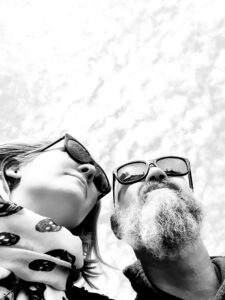By Adrian
We decided on Yamba as our next destination as it could be sailed mostly in the daylight and provides a large river system to explore if we are stuck there with border closures. Yamba has the usual bar crossing so we needed to align arrival times with the tide and weather. After 2 or 3 possible dates were discarded as the weather forecast changed, we settled on a day with sailing winds for most of the day and low swells.
We had met up with some former work colleagues a few days earlier and Howard, one of the founders of our last company decided he would join us for the trip. He stayed overnight on the boat the night before to get oriented and ensure we got an early start.
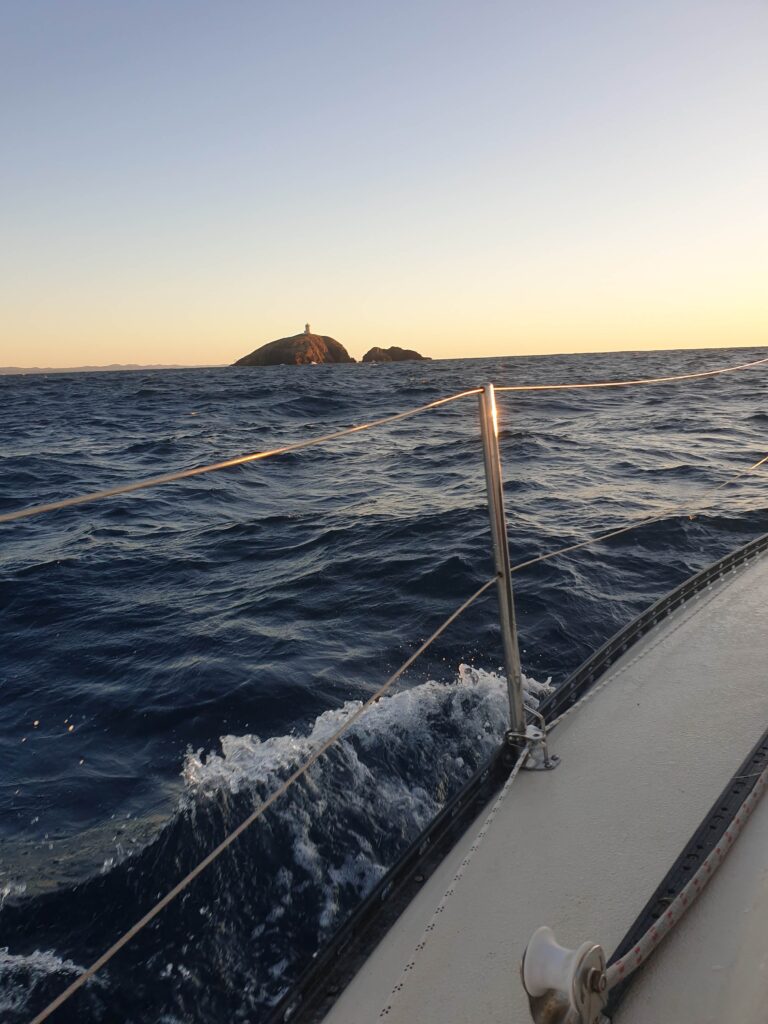
We left an hour before dawn under motor, dodging a few fishing vessels around the harbour entrance. Its usual to hug the coast to avoid the East Australian current which flows south in this area. However, our forecast recommended heading out into the current to get better wind. As we passed South Solitary Island with its lighthouse and old buildings, the wind arrived and we raised the sails.
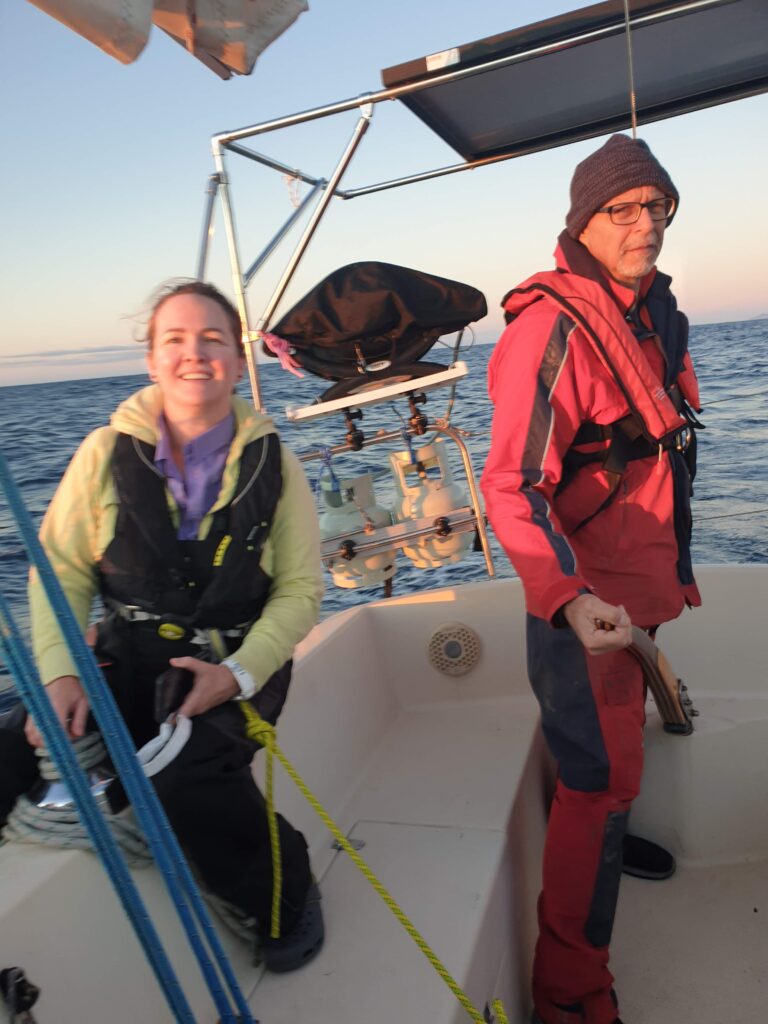
Howard quickly picked up the knack of tiller helming replacing our trusty autohelm and saving a few amps. Shortly after taking the helm we had a whale surface just ahead of us to check us out.
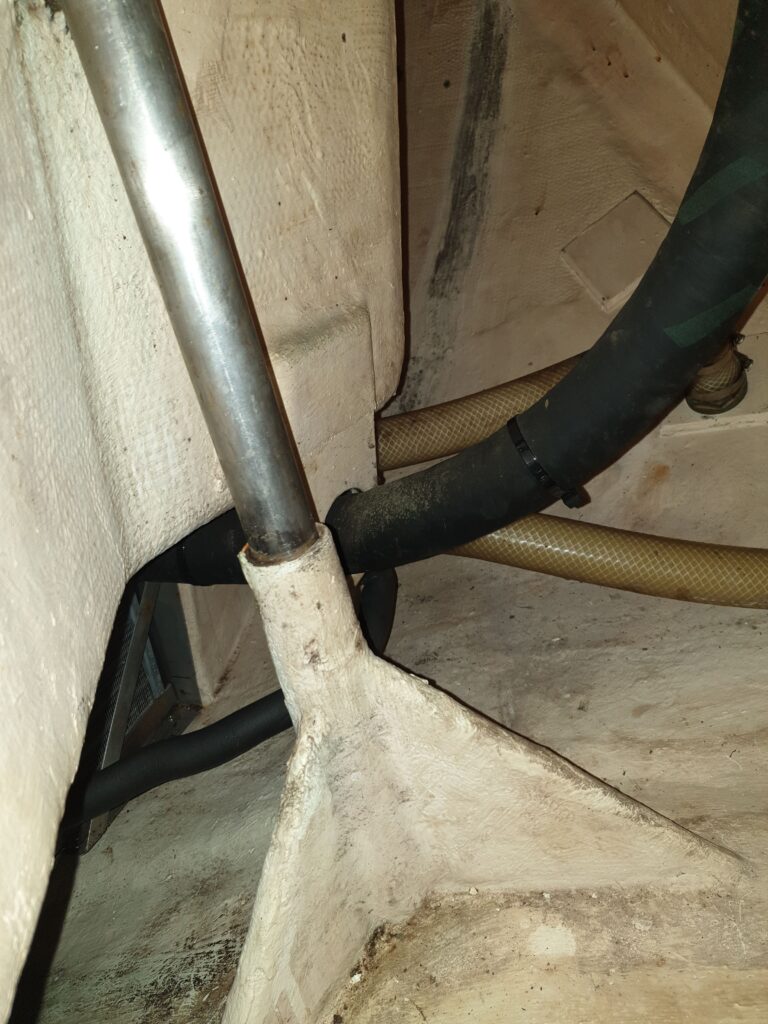
The calm conditions even allowed us to diagnose our engine compartment leak. Its completely dry on flat water but on coastal passages we can have half a bucket of water in 12 hours. Fi spotted a small fountain coming out around the base of the rudder stock. It may be that the rudder stock used to be enclosed in fibreglass all the way to the deck and at some time this was removed for a steering wheel or autopilot installation that didn’t happen. Next job is to enclose the rudder stock somehow to keep the water on the outside.
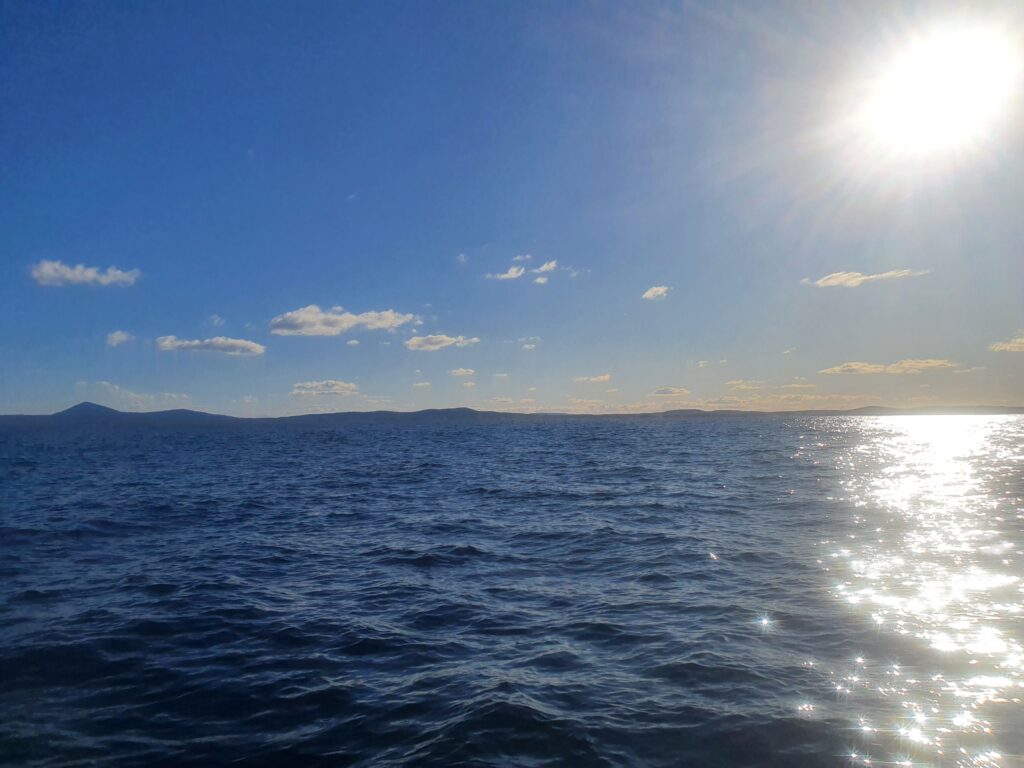
As we got closer to Yamba and the coast our whale sightings got more frequent with pods passing us every few minutes on their way north. Its difficult to time your photo when whales could breach anywhere around the boat at any distance, but Fi managed this whale shot shortly before we got to Yamba. Hmmmm…
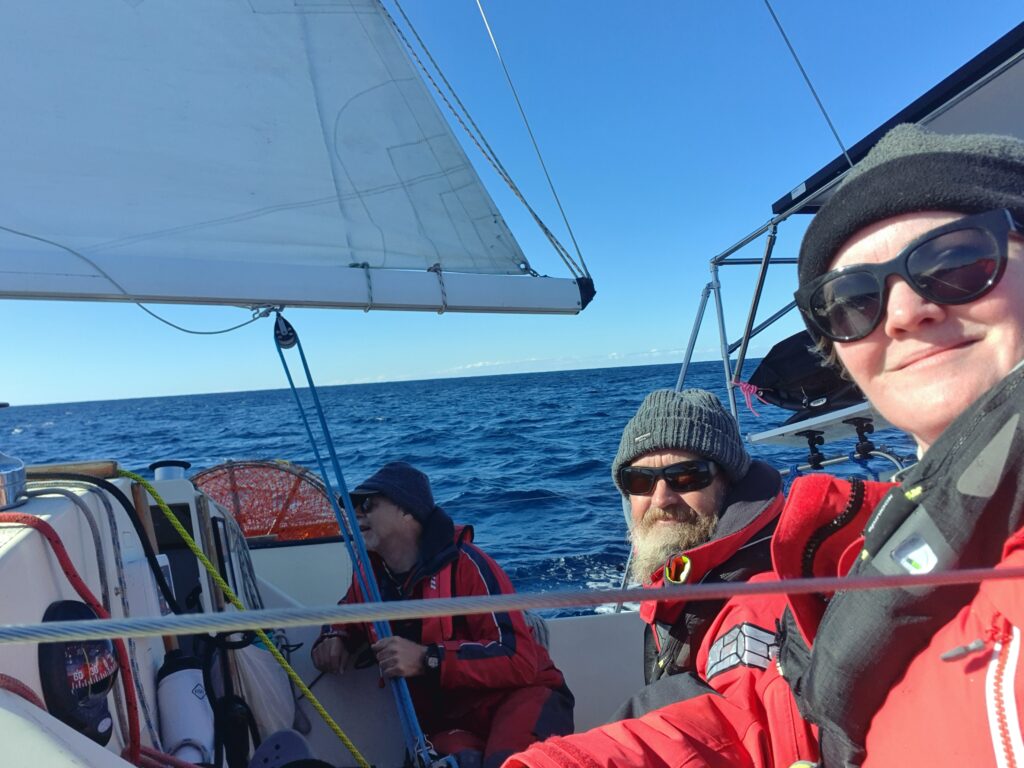
We motor sailed the last hour into Yamba to make sure we arrived before dark in a dying breeze. The seas had been getting calmer all day and we decided to sneak across the bar on the southern side against Marine Rescue advice, but in such benign conditions it turned out to be an easy crossing with no breaking waves. Dolphins arrived to guide us up the river and a short motor saw us docking at Yamba Marina at dusk for an arrival beer after an awesome days sail.
We’ll likely spend a few days checking out Yamba, and then we’re keen to head across to Iluka and then further up the Clarence River. We hear the prawns are second to none, and there are pubs and cute towns all up the river so watch this space! We’re so happy to be here!
